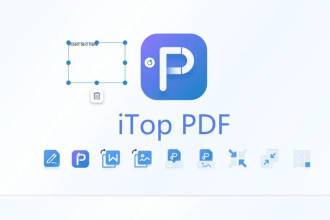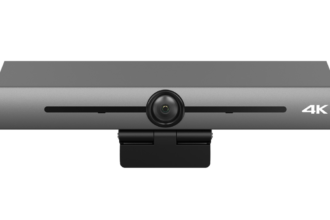Introduction to SCADA Systems
Supervisory Control and Data Acquisition (SCADA) systems are integral parts of industrial automation, performing three primary functions – supervision, control, and data acquisition. A SCADA system typically comprises one or more computers performing supervisory functions and implementing the Human-Machine Interface (HMI), peripheral devices such as Remote Terminal Units (RTUs), I/O modules, or Programmable Logic Controllers (PLCs), that interface with process machinery; as well as a communication network which ensures correct exchange of data exchanged between peripheral devices and supervisory computers.
Human Machine Interface in SCADA Systems
Supervision and HMI
The supervisory function of a SCADA software allows operators to maintain an immediate view of process status while controlling its progression over time by monitoring operating states sequence. Supervisory tasks revolve around developing an HMI. An effective HMI must present operators with an instantaneous and complete view of all processes involved, providing immediate updates regarding status, evolution and unexpected deviations (alarms). Graphic representations play an invaluable role in translating information relevant to a process into a visual language easily understood by operators. For instance, pump status can be displayed using different colored graphic symbols, the variation of pressure through trend lines and alarm occurrence through pop-up windows.
Control and the HMI
A SCADA system’s control function entails being able to interact with the process being monitored, changing its course based on pre-established rules or decisions taken by its operator. It’s important to remember that this doesn’t refer to “real-time process control”, like that offered by PLC systems; rather it refers to changing process evolution through actions such as sending different work recipes; the HMI plays an essential role here by providing an interface through which operators interact with the system to make necessary modifications.
Acquisition and the HMI Data acquisition refers to the transfer of information between peripheral devices and supervisory computers and vice versa, enabling the supervisory system to control a process by changing variable values that affect its operation and influence its evolution. Data acquisition is one of the primary functions performed by SCADA systems by linking it directly with processes in communication with them for observation of processes themselves; HMI plays an integral role here by providing an interface through which operators can view and understand this data.
An effective HMI in SCADA systems brings several advantages. Here are just a few benefits of employing such HMI in SCADA:
Improved Operator Understanding: A well-designed HMI gives the operator a clear and immediate understanding of the status, development, and any unexpected deviations in his process, which allows him to quickly make informed decisions quickly and efficiently.
Efficiency Gain: By offering an intuitive user interface, a great HMI can significantly increase operator efficiency resulting in improved productivity and reduced downtime.
Enhance Safety: An efficient HMI can aid in increasing process safety by alerting operators promptly of alarms or unexpected deviations, enabling swift action to rectify situations quickly and prevent any potential safety concerns.
Adaptability: An effectively designed HMI allows the SCADA system to easily accommodate different operators or changes to processes, making it more flexible and adaptable as the needs of the company grow and change over time.
Conclusion
Human Machine Interface (HMI) systems are an essential element of SCADA systems. Their purpose is to allow operators to interact with the system directly and monitor, control, view and interpret its output data collected during operations. An effective HMI can significantly increase operator efficiency and effectiveness, leading to greater productivity, decreased downtime, and enhanced safety. As SCADA systems integrate with emerging technologies like Internet of Things (IoT), the HMI will become even more integral. By offering a clear, intuitive, and effective interface for these technologies to maximize their potential and drive industrial automation forward.














